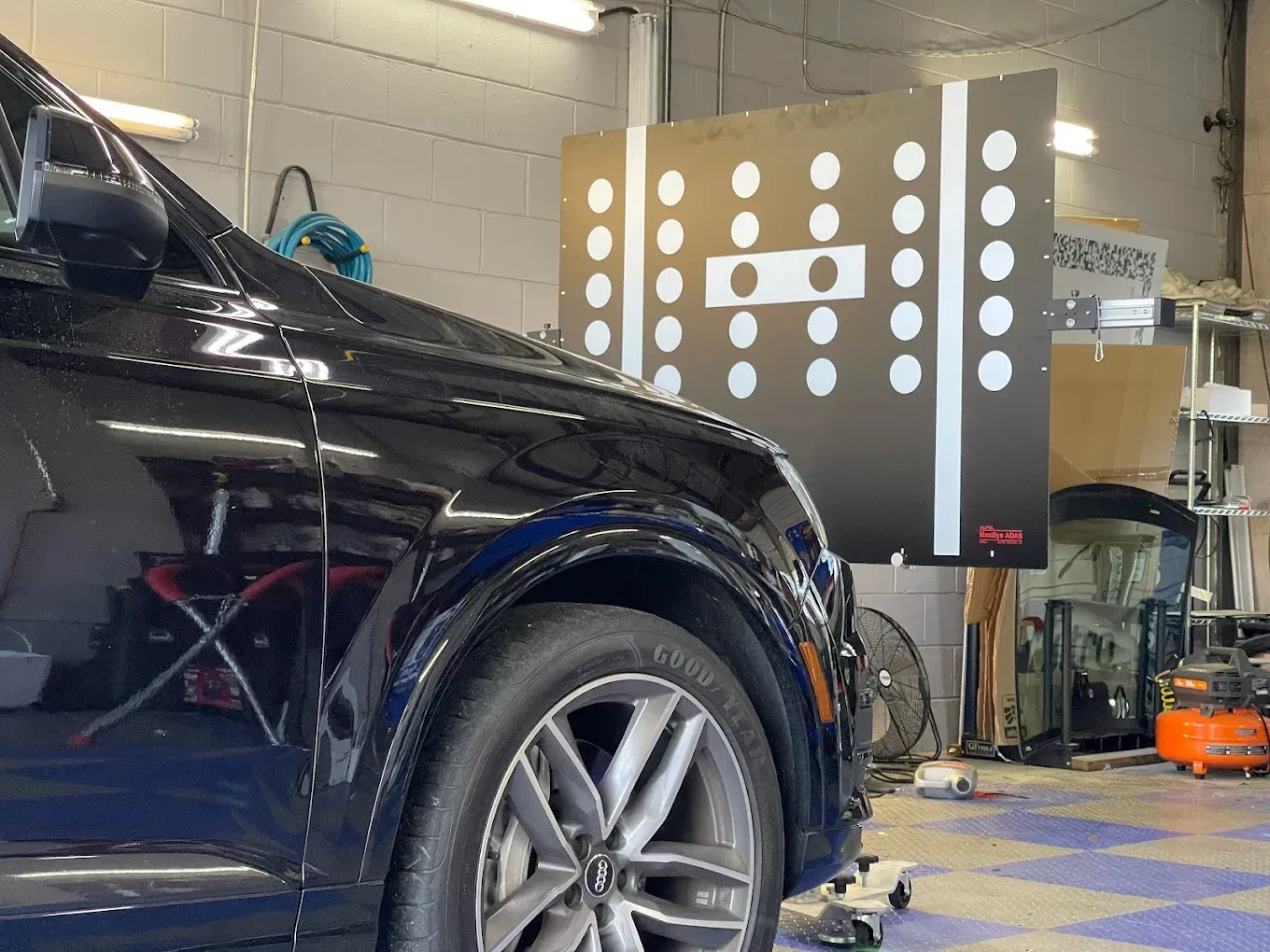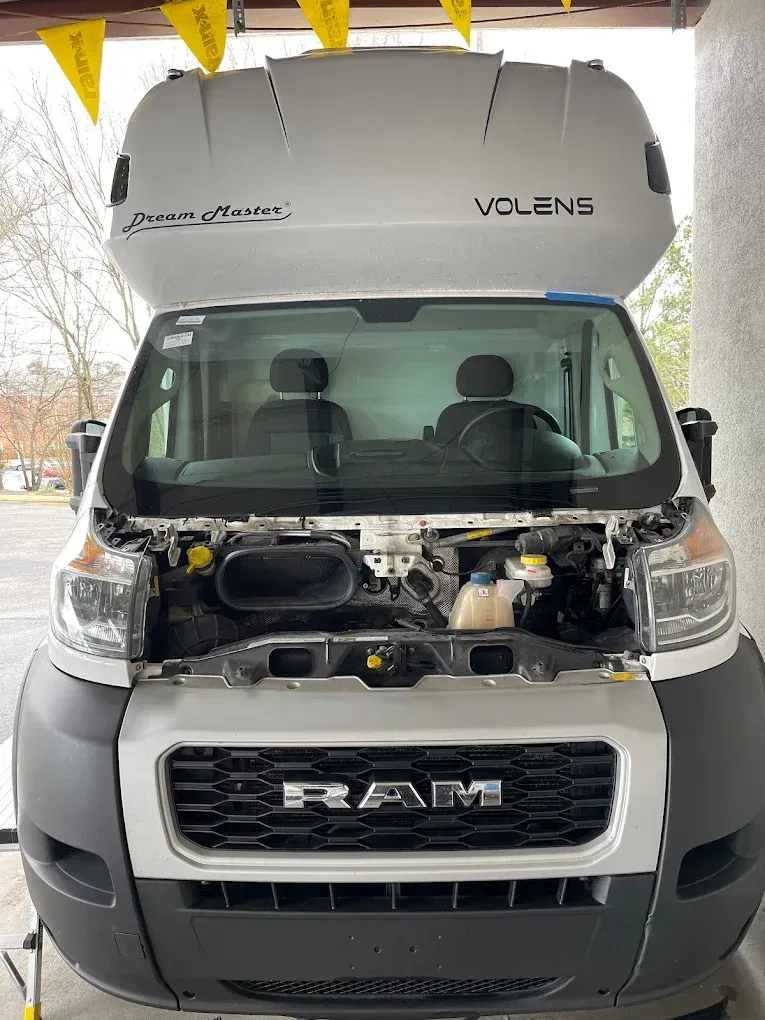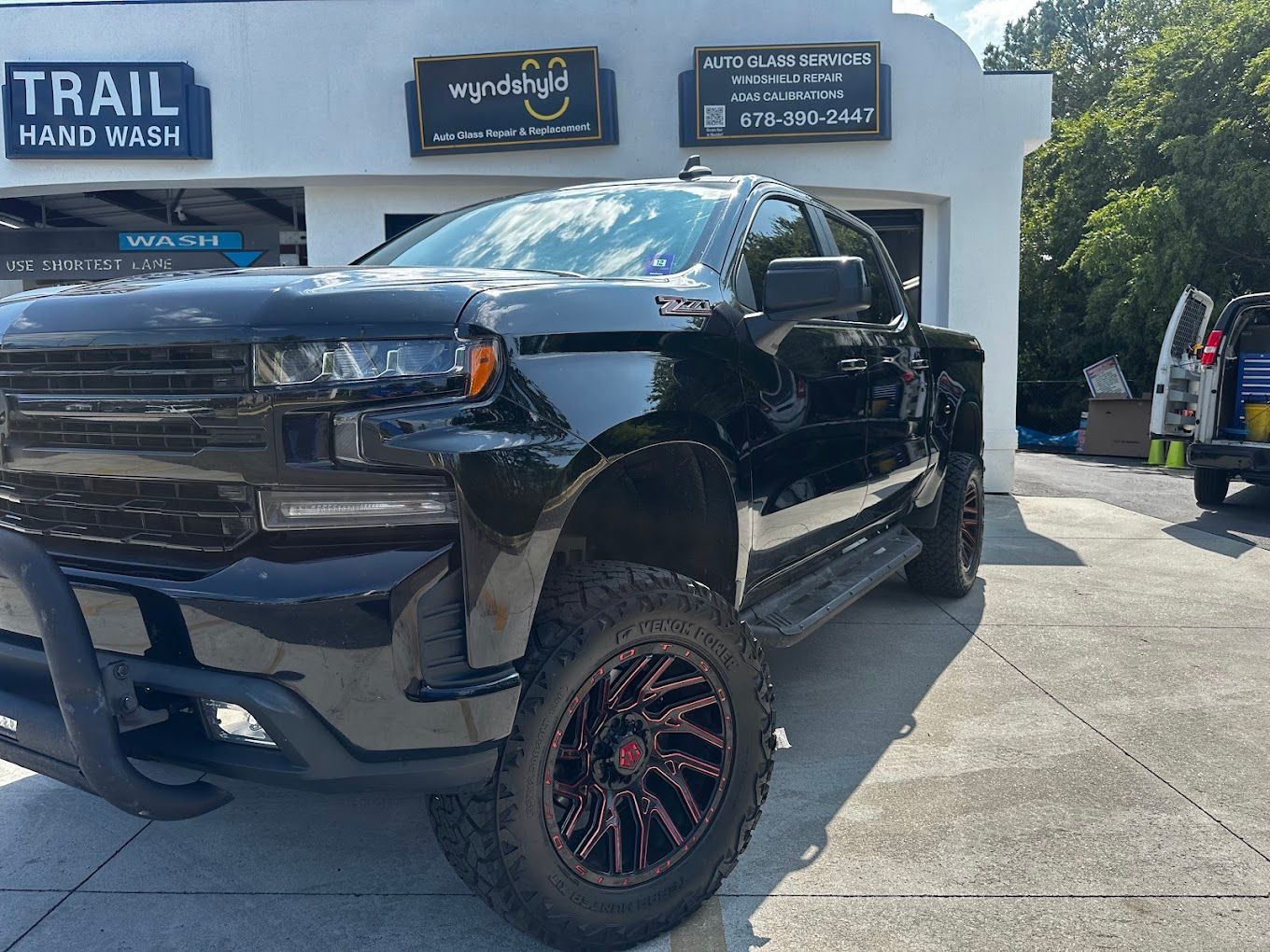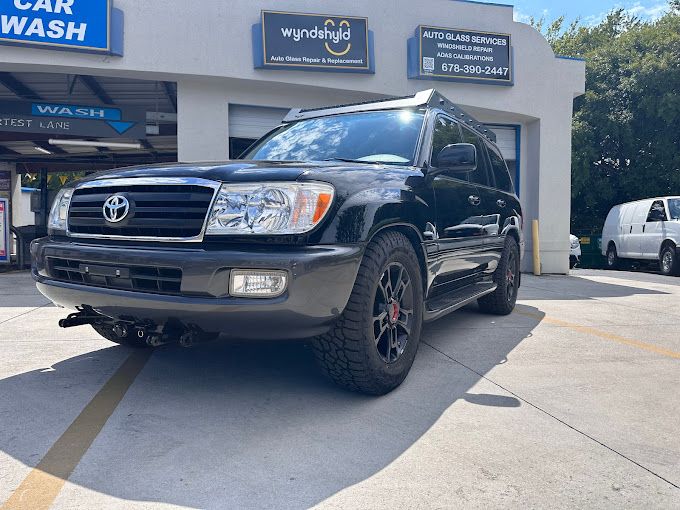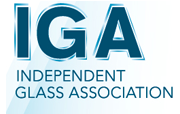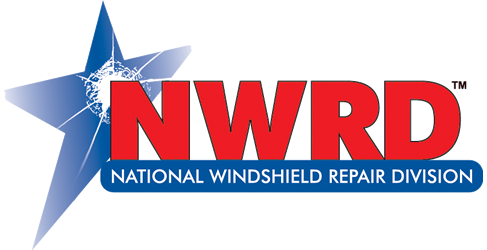ADAS Windshield Calibration: How Advanced Technology in Your Windshield Keeps You Safe
ADAS Windshield Calibration: What You Need to Know
In today’s automotive landscape, safety features are more advanced and prevalent than ever before. One of the key innovations driving this safety revolution is the integration of Advanced Driver Assistance Systems (ADAS).
Central to many of these systems is the vehicle’s windshield, which now serves not just as a barrier from outside elements but also as a vital component for sensor and camera operations. Ensuring these sensors are accurately calibrated through ADAS windshield calibration is essential for optimal safety and performance.
What Is ADAS Windshield Calibration?
ADAS windshield calibration is the process of aligning and adjusting the sensors, cameras, and other electronic components mounted on or near the windshield. These sensors collect crucial data about the vehicle’s surroundings—such as detecting obstacles, lane markings, pedestrians, and traffic signs—enabling features like automatic emergency braking, lane keep assist, adaptive cruise control, and more.
Proper calibration ensures these systems interpret the environment accurately. If the sensors are misaligned, it could lead to false alerts, missed detections, or even system failures. Calibration typically involves positioning the vehicle in a specific way, installing calibration targets or stanchions, and using specialized diagnostic tools to fine-tune sensor alignment.
Why Is Windshield ADAS Calibration Necessary?
Many ADAS features rely heavily on cameras mounted behind or near the windshield, particularly those involved in visual recognition systems like lane assist and traffic sign recognition. This reliance means that even minor windshield repairs, replacements, or realignments can impact sensor accuracy. For example:
- Windshield Replacement: When the windshield is replaced, the new glass must be correctly installed to maintain the precise positioning of embedded sensors or cameras.
- Physical Damage or Misalignment: Cracks, chips, or improper installation can shift the sensors out of alignment, compromising system reliability.
Given these factors, calibration ensures the vehicle’s safety systems function as intended, providing peace of mind for drivers and passengers.
The Calibration Process
The calibration process varies based on vehicle make, model, and the specific ADAS features involved, but generally includes the following steps:
- Pre-Calibration Checks: A technician inspects the sensors and cameras for damage or obstructions and performs necessary repairs or cleaning.
- Vehicle Positioning: The vehicle is parked at a precise distance from calibration targets or a calibration target wall within a calibration lane or service bay.
- Use of Calibration Tools: Using OEM-specific calibration equipment and software, technicians perform static calibration procedures. These may involve aligning the vehicle’s sensors to the calibration targets and confirming their correct orientation.
- Verification: After calibration, the technician runs system tests to verify correct operation and alignment, often utilizing diagnostic scans and visual inspections.
- Test Drive and Final Checks: Some calibrations require a short test drive to ensure all systems function correctly in real-world conditions.
The Benefits of Proper Windshield Calibration
- Enhanced Safety: Accurate sensor alignment ensures ADAS features operate as designed, providing early warnings, automated responses, and reducing human error.
- Cost Savings: Proper calibration prevents unnecessary system failures or false alerts, potentially saving money on repairs or insurance claims.
- Legal Compliance: Many vehicle manufacturers and insurance companies require proper calibration after certain repairs to maintain warranty coverage or insurance validity.
- Peace of Mind: Knowing that all safety sensors are correctly calibrated gives drivers confidence that their vehicle’s safety systems are fully operational.
As automotive technology advances, ADAS features are becoming more sophisticated, integrating lidar, radar, and high-definition cameras. These improvements will continue to depend on precise calibration to ensure safety and reliability. Furthermore, future vehicles may incorporate autonomous driving capabilities, making the need for accurate sensor calibration even more critical.
Does Your Vehicle’s ADAS Need Calibration in Cobb, Fulton & Cherokee Counties?
If your vehicle has windshield damage or needs ADAS calibration in East Cobb, Roswell, Marietta, or Woodstock, GA, contact us at Wyndshyld Auto Glass. We offer insurance claims assistance and are certified by the AGSC (Auto Glass Safety Council).
